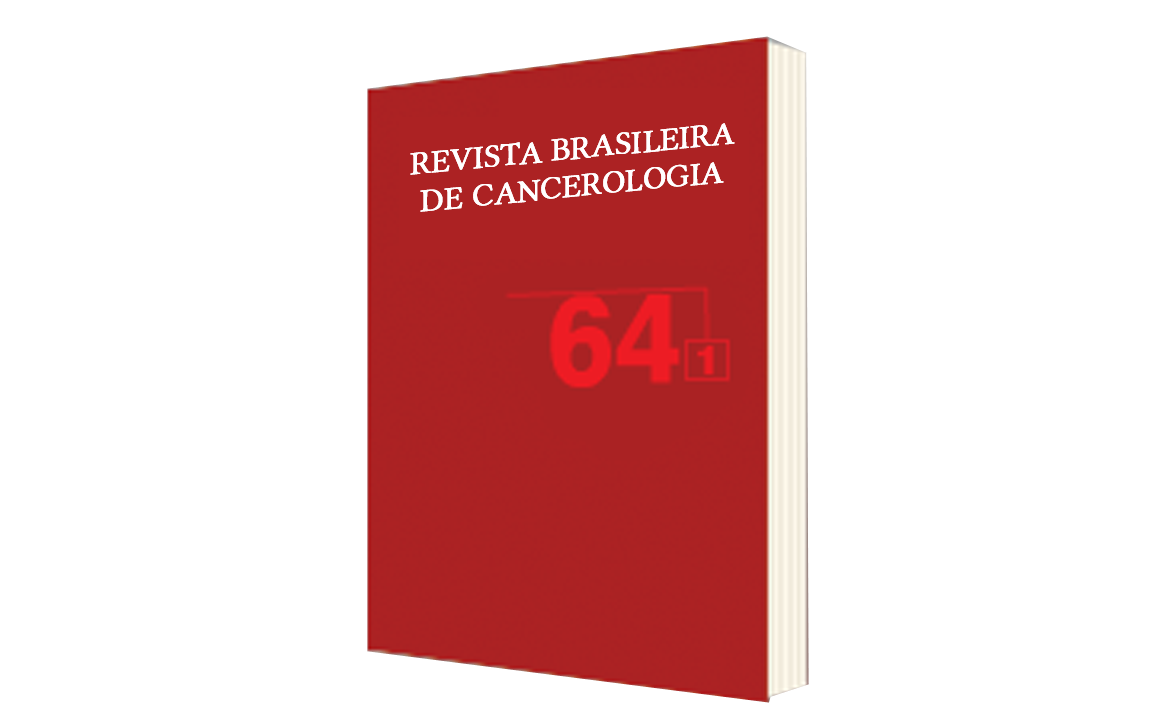lesiones Orales malignas y Potencialmente malignas: Percepción de los Odontólogos y Estudiantes de Odontología
DOI:
https://doi.org/10.32635/2176-9745.RBC.2018v64n1.113Palabras clave:
Diagnóstico, Factores de Riesgo, Neoplasias de la BocaResumen
Introducción: El cáncer oral es un problema de salud pública em muchos países, a pesar de que es una enfermedad que se puede prevenir debido a sua sociación bien stabelecida com ciertos factores de riesgo que pueden ser fácilmente identificados por el professional durante la evaluación clínica del paciente. Objetivo: Analizar la percepción de los odontólogos y estudiantes de odontología em los factores de riesgo y diagnóstico de lesiones bucales malignas y potencialmente malignas. Método: Los datos fueron recolectados através de um cuestionario validado y adaptado para este estudio, incluyendo, preguntas sobre datos sociodemográficos y la percepción del conocimiento de las lesiones bucales potencialmente malignas y el cáncer oral. De acuerdo com la puntuación obtenida, se establecier on cuatro conceptos, A (nivel óptimo de lainformación), B (bueno), C (regular) y D (insatisfactorio). Resultados: De las 292 personas, lamayoríatenía entre 20 y 29 años (48,97%) y erandel sexo femenino (62%). Los participantes más jóvenes, estudiantes yrecién graduados, tenían mejores conceptos em relación com el cáncer oral (p=0,000). la leucoplasia fue una de las lesiones buçales potencialmente malignas más relacionada com el cáncer oral (76,4%). Sólo el 12,7% de los participantes obtuvo el concepto, sin embargo, el 85,4%requeríanactualizarsesobre el tema de cáncer oral. Conclusión: Se observo un bajo nivel de consciência em el conocimiento de las lesiones bucales potencialmente malignas y cáncer oral, sin embargo, los jóvenes participantes, estudiantes y recién graduados de odontólogos, tenían mejores conceptos.









